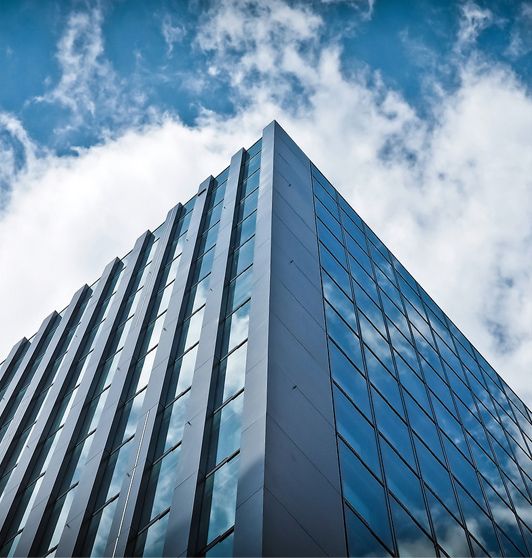Industry knowledge about this item
Where is warp knitted interlining typically used?
Tailored Garments: Warp-knitted interlining is often used in tailored garments such as suits, blazers, and coats. It helps to enhance the structure and shape of the garment, giving it a crisp and polished appearance.
Collars and Lapels: In tailored jackets and blazers, warp-knitted interlining is frequently used in collars and lapels to provide them with stability and definition.
Cuffs and Hems: Interlining can be used in cuffs and hems to add weight and stability, helping them maintain their shape.
Front Panels: In jackets and coats, the front panels that run along the buttonholes and buttons can be reinforced with interlining to prevent sagging and ensure a smooth appearance.
Dresses: Certain types of dresses, especially those with structured bodices or intricate designs, can benefit from the use of warp-knitted interlining to provide support and maintain the intended shape.
Outerwear: Coats and overcoats often use warp-knitted interlining to provide warmth, structure, and insulation, especially in heavier and winter-appropriate garments.
Formal Attire: Formalwear, such as tuxedos and evening gowns, may use interlining to maintain a sharp and elegant silhouette.
The choice of interlining and its application depends on the specific garment's design, fabric, and intended purpose. Warp-knitted interlining is preferred for its stability, durability, and ability to withstand repeated wear and cleaning. It's important to select the appropriate weight and type of interlining to achieve the desired effect for each garment.
How does warp knitted interlining affect the overall garment quality?
Enhanced Structure and Stability: Warp-knitted interlining adds structure and stability to the garment, helping it maintain its intended shape. This is particularly important for garments that require crisp lines and defined silhouettes, such as suits, blazers, and formalwear. The interlining prevents sagging, wrinkling, and deformation over time.
Improved Drape: Depending on the weight and type of interlining used, it can enhance the drape of the garment. This means that the fabric will hang more smoothly and naturally on the body, providing a more aesthetically pleasing appearance.
Shape Retention: Garments with warp-knitted interlining tend to retain their original shape even after prolonged wear and movement. This is particularly beneficial for garments that undergo stretching or pulling during wear, as the interlining helps the fabric recover its shape.
Durability: The added layer of interlining can contribute to the garment's overall durability. It helps distribute stress and strain more evenly across the fabric, reducing the likelihood of tears, fraying, or seam damage.
Professional Finish: Warp-knitted interlining can provide a professional finish to a garment, giving it a polished and tailored look. This is especially important for formal and structured garments where a neat appearance is essential.
Ease of Sewing: Interlined fabrics can be easier to sew, as the added stability of the interlining can prevent stretching and distortion of the fabric during the sewing process. This can lead to more precise stitching and better construction.
Insulation and Warmth: Depending on the type of interlining material used, it can add an extra layer of insulation to the garment, providing warmth in colder climates.





